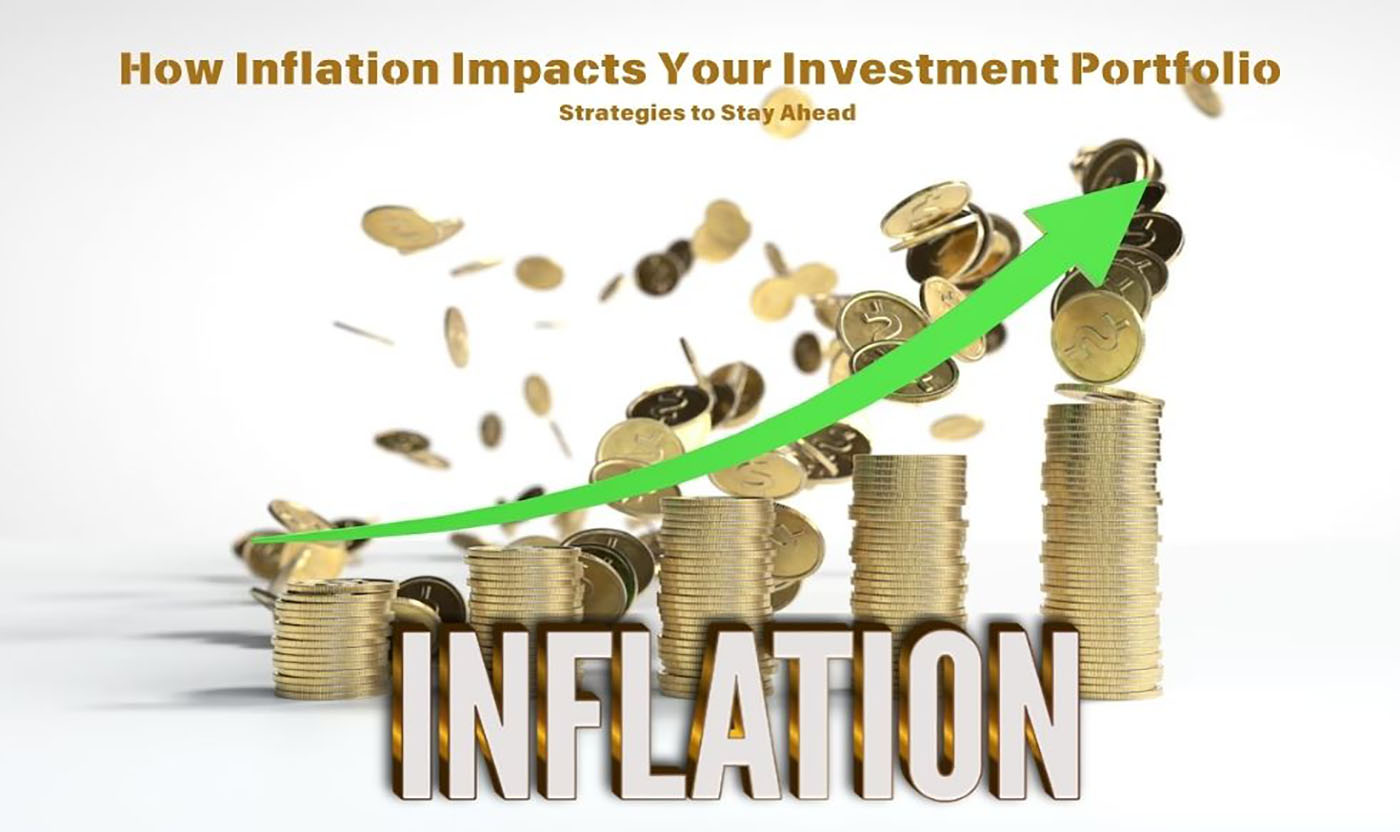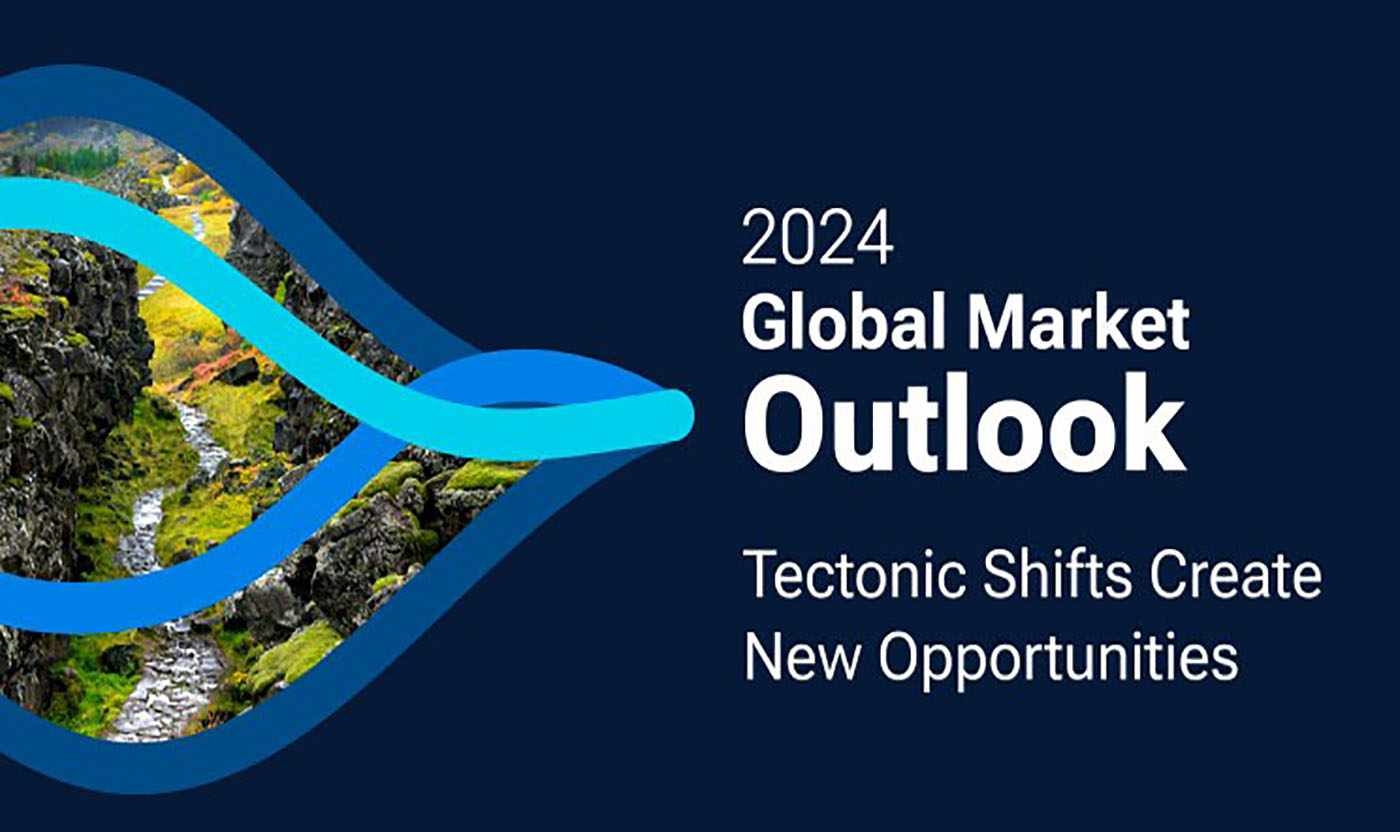As we approach the end of 2024, the global investment landscape is undergoing a transformation. Investors are increasingly seeking out new frontiers in the world of emerging markets (EMs), eager to capitalize on growth that traditional developed markets can no longer offer. While the U.S., Europe, and Japan have been the dominant players in the global economy for decades, a growing number of investors are now turning their attention to countries and regions with immense untapped potential.
In this article, I’ll explore the world of emerging market investments, highlighting key trends, factors driving growth, and which emerging markets are poised to become the next investment hotspots. As the global economy shifts, understanding where to look and what to watch for is essential in crafting a portfolio that’s both diversified and poised for future gains.
1. Understanding Emerging Markets and Why They Matter
Before diving into which emerging markets (EMs) are set to take off, it’s important to understand what we mean by “emerging markets.” Generally, these are economies that are still in the process of industrialization and development. While they are not as mature as developed markets, EMs offer significant growth potential due to their rapidly expanding economies, increasing middle class, and young, dynamic populations.
Investing in emerging markets can provide several advantages:
a. High Growth Potential
Emerging markets often have much higher growth rates compared to developed economies. This is due to factors such as rapid urbanization, technological advancements, increasing infrastructure development, and an expanding workforce. While developed markets may see 2-3% annual GDP growth, many emerging economies can grow at rates of 5% or more.
b. Diversification Opportunities
Emerging markets are often less correlated with developed markets, meaning they can provide diversification to a portfolio. By investing in these regions, you can hedge against the volatility and stagnation that sometimes affects Western economies.
c. Rising Middle Class
One of the most significant factors driving growth in emerging markets is the rise of the middle class. As more people in these regions move into the middle class, their consumption patterns change. They demand better goods and services, which fuels business growth and opens new investment opportunities.
However, investing in emerging markets also comes with its risks. These markets can be volatile, and they may face political instability, currency fluctuations, and weaker regulatory environments compared to developed markets. Understanding these risks, along with the potential rewards, is crucial for any investor looking to capitalize on emerging market growth.

2. Key Drivers of Emerging Market Growth
When assessing which emerging markets are likely to become the next big investment destinations, it’s essential to identify the factors that are fueling growth in these regions. Here are some of the main drivers of emerging market growth in 2024:
a. Technological Innovation
In recent years, emerging markets have embraced technology at a faster rate than many developed economies. From mobile banking in Africa to e-commerce platforms in Southeast Asia, technology is transforming the way businesses operate and how consumers access products and services.
Countries like India and Brazil are rapidly adopting digital tools, and tech startups are becoming key players in their economies. These innovations are creating new investment opportunities, particularly in the tech and fintech sectors.
b. Infrastructure Development
Massive infrastructure projects are underway across many emerging markets. For example, in countries like China, India, and Mexico, governments are heavily investing in transportation, energy, and telecommunications infrastructure. These investments not only stimulate short-term growth but also lay the foundation for long-term economic prosperity.
c. Urbanization
Urbanization is one of the most significant global trends driving growth in emerging markets. As more people move from rural areas to cities, there is an increased demand for housing, infrastructure, healthcare, and education. This trend is particularly noticeable in countries like India, Nigeria, and Indonesia, where large portions of the population are still in rural areas but are rapidly moving into urban centers.
d. Shifting Trade and Geopolitical Trends
As trade routes and geopolitical dynamics shift, certain regions are benefiting from new opportunities. For example, as the U.S.-China trade war has unfolded, countries in Southeast Asia and Latin America have capitalized on the need for alternative supply chains and manufacturing hubs. Countries like Vietnam, Mexico, and Brazil have become attractive alternatives for companies seeking to diversify their production.
3. Emerging Markets That Will Become Investment Darlings
Now, let’s dive into the specific emerging markets that are likely to attract significant investment over the next few years. These are the countries that are already showing signs of rapid growth and development and have the potential to deliver impressive returns for investors.
a. India: The World’s Next Economic Superpower?
India has long been considered one of the most promising emerging markets, and its growth story is showing no signs of slowing down. In 2024, India is set to become the third-largest economy in the world by nominal GDP, just behind the U.S. and China. Several factors are driving this growth:
- Youthful Population: India has a young, tech-savvy population. With over 50% of its population under the age of 30, it has a large labor force and a growing consumer market.
- Digital Transformation: India is leading the way in mobile payments, e-commerce, and fintech innovation. Platforms like Paytm, Flipkart, and Reliance Jio have revolutionized the way Indians live, work, and shop.
- Government Initiatives: The Indian government’s push for economic reforms and the “Make in India” initiative is driving foreign direct investment (FDI) in manufacturing, technology, and infrastructure.
India’s stock market is one of the best-performing in the world, and sectors like technology, consumer goods, and green energy are expected to benefit from continued growth.
For those looking to invest in India, I recommend checking out MoneyControl (www.moneycontrol.com), one of India’s leading financial news websites, and NSE India (www.nseindia.com), which provides access to India’s top stocks and market trends.
b. Vietnam: The Southeast Asian Manufacturing Hub
Vietnam has emerged as one of Southeast Asia’s most attractive investment destinations. Over the past decade, the country has transformed itself from a low-income agricultural economy into a rapidly growing industrial powerhouse. Several factors make Vietnam particularly appealing to investors:
- Manufacturing Growth: As global supply chains shift away from China, Vietnam has positioned itself as a low-cost alternative for manufacturing. With its skilled labor force and trade agreements like the Comprehensive and Progressive Agreement for Trans-Pacific Partnership (CPTPP), the country is becoming a manufacturing hub for everything from electronics to textiles.
- Young Workforce: Like India, Vietnam boasts a young, dynamic workforce that is contributing to the growth of the tech, e-commerce, and consumer goods sectors.
- Political Stability: Unlike some of its regional counterparts, Vietnam has enjoyed a relatively stable political environment, which is attractive to foreign investors.
For those interested in exploring investment opportunities in Vietnam, the Vietnam Stock Exchange (www.hsx.vn) is a great place to start, along with Vietstock (www.vietstock.vn) for market news and insights.
c. Nigeria: Africa’s Economic Powerhouse
Nigeria, Africa’s largest economy, offers one of the most exciting investment opportunities on the continent. Despite its challenges, including political instability and infrastructural gaps, Nigeria’s growth prospects remain strong due to its large population and vast natural resources.
- Youthful Population: Nigeria has a population of over 220 million people, with a median age of just 18 years. This demographic offers immense potential for consumer-driven growth, especially in sectors like technology, entertainment, and education.
- Natural Resources: As one of the world’s top oil producers, Nigeria continues to benefit from high global oil prices. The country is also rich in other minerals and agricultural products, making it a key player in global trade.
- Tech Boom: In recent years, Nigeria has seen a tech boom, with startups like Flutterwave, Paystack, and Andela attracting international investment. The fintech sector, in particular, is poised for explosive growth.
While Nigeria presents risks due to its volatile political climate, the country’s long-term growth potential cannot be ignored. For those considering investing in Nigeria, Nigerian Stock Exchange (www.ngxgroup.com) and NairaMetrics (www.nairametrics.com) are two excellent resources for market news and financial data.
d. Mexico: A Beneficiary of Geopolitical Shifts
Mexico is another emerging market that stands to benefit from shifting global trade dynamics. With its proximity to the U.S. and its status as a key member of the USMCA trade agreement, Mexico is becoming a critical player in the global supply chain.
- Manufacturing Growth: Mexico is a key beneficiary of the U.S.-China trade tensions, as many companies have shifted their manufacturing operations to Mexico to avoid tariffs on Chinese goods.
- Trade Agreements: The USMCA trade deal and Mexico’s participation in the Pacific Alliance (with Chile, Colombia, and Peru) have enhanced the country’s trade relationships, further boosting foreign investment.
- Resilient Economy: Despite challenges, including drug-related violence and political instability, Mexico’s economy remains resilient, and sectors such as automotive, energy, and agriculture are growing.
For those looking to invest in Mexico, Bolsas y Mercados Mexicanos (BMV) (www.bmv.com.mx) provides information on the country’s stock market, and El Financiero (www.elfinanciero.com.mx) offers up-to-date financial news and analysis.

e. Indonesia: The Hidden Gem of Southeast Asia
Indonesia, with its population of over 270 million people, is the fourth-largest country in the world. The nation is increasingly seen
as a hidden gem for investors due to its rapid economic growth, natural resources, and emerging middle class.
- Economic Growth: Indonesia’s economy has been growing at a steady pace, with GDP growth averaging 5% annually over the last decade. Its diverse economy, which includes manufacturing, agriculture, and services, offers opportunities across various sectors.
- E-commerce Boom: As internet penetration rises, Indonesia’s e-commerce sector is booming. Companies like Tokopedia and Bukalapak are leading the charge, and the fintech sector is also growing rapidly.
- Strategic Location: Indonesia’s location in Southeast Asia makes it a critical player in regional trade, and its membership in the ASEAN Economic Community enhances its economic prospects.
For those interested in Indonesia, IDX (www.idx.co.id) offers a wealth of information on the Indonesian stock market, while The Jakarta Post (www.thejakartapost.com) provides timely financial and economic news.
4. Investing in the Future of Emerging Markets
The world of emerging markets is vast, complex, and full of potential. While each market has its own unique set of opportunities and risks, the countries mentioned above—India, Vietnam, Nigeria, Mexico, and Indonesia—are all poised to become the next big investment destinations. By understanding the key drivers behind their growth, keeping an eye on emerging trends, and investing wisely, you can take advantage of the incredible potential these regions offer.
Emerging markets provide a wealth of opportunities for those willing to do the research and navigate the complexities. With the right strategies, you can diversify your portfolio and potentially reap the rewards of investing in the economies that will shape the future. As we move into 2025 and beyond, these emerging markets could become the heart of the global economy, and smart investors will be well-positioned to benefit from their growth.



